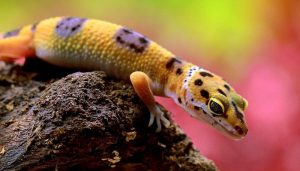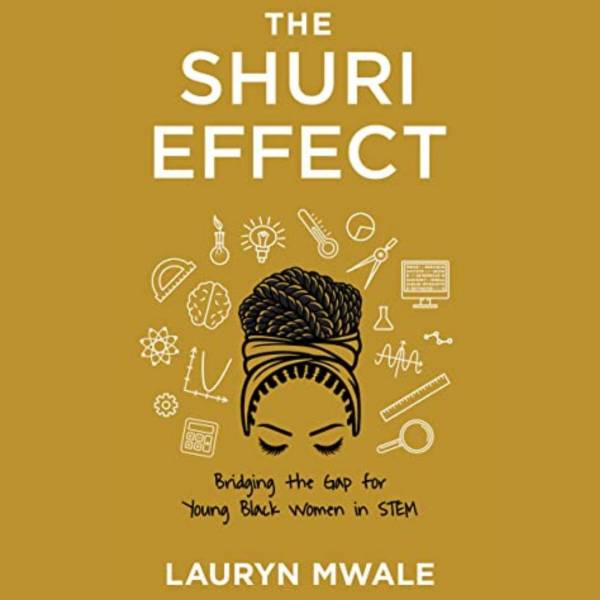Researchers have discovered stem cells that allow geckos to create new brain cells! Did you know that Leopard geckos can regrow their tails? But new evidence suggests that they may also be able to regenerate parts of the brain after injury. So what does this all mean? Well, the findings could lead to treatments replacing human brain cells that are lost or damaged.

This research is carried out by Prof. Matthew Vickaryous in the Department of Biomedical Sciences at the Ontario Veterinary College. He states, “The findings state that gecko brains are constantly renewing brain cells, something that humans are bad at doing,”.
The identified stem cells are found in the medial cortex. This is a part of the front brain responsible for social cognition and behaviour. It is also a part of the lizard’s brain that has a well-studied counterpart in the human brain – the hippocampus.
To track the cells, researchers injected the lizards with a chemical label. This chemical label is incorporated into the DNA of newly formed cells. Looking at the labelled cells over time, researchers saw where they first appeared. They also found where they migrated to and what types of cells they became.
“The next step in this area of research is to determine why some species, like geckos, can replace brain cells while other species, like humans, cannot,” said McDonald.





